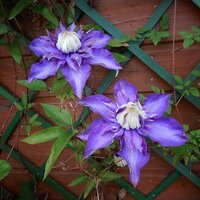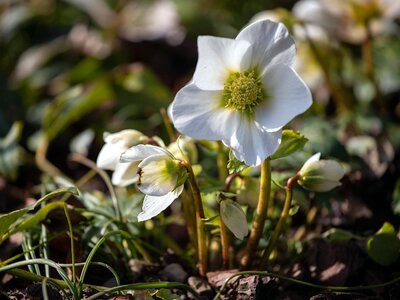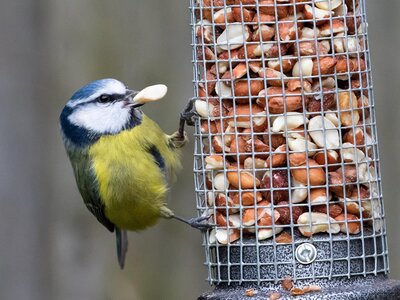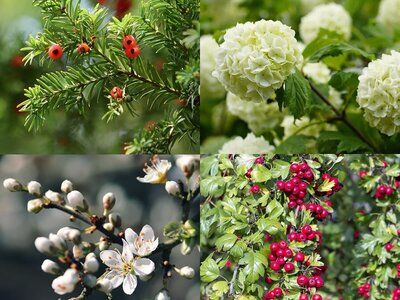Few plants make a statement quite like wisteria. With its cascading, fragrant flowers in soft purples, blues, and whites, it’s no wonder this climber steals the show each spring. Whether trained over an arch, scrambling along a wall, or climbing up into a tree, wisteria brings a touch of romance to any garden—and a bit of magic too.
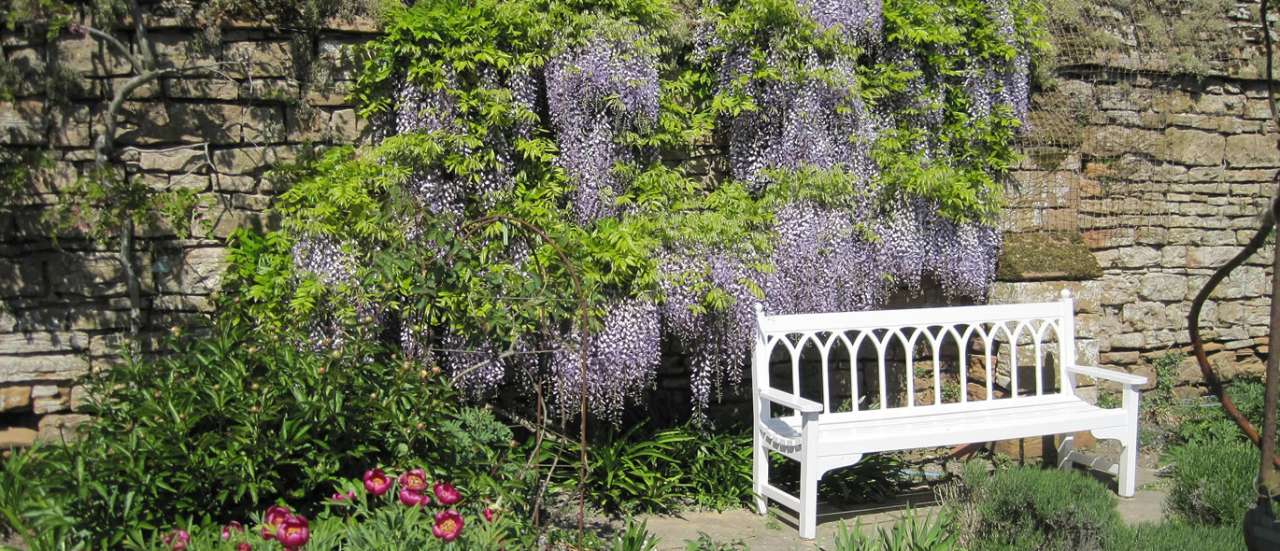 Above we see wisteria being trained to grow across a wall behind a bench where those seated can really appreciate its fragrance when in full bloom - Photo taken by Bob Cantwell as par of the Geograph Britain & Ireland Project (CC BY-SA 2.0)
Above we see wisteria being trained to grow across a wall behind a bench where those seated can really appreciate its fragrance when in full bloom - Photo taken by Bob Cantwell as par of the Geograph Britain & Ireland Project (CC BY-SA 2.0)
What Is Wisteria?
Wisteria is a deciduous climber, originally from China, Japan, and the eastern United States. Known for its long, hanging clusters of flowers (called racemes), it blooms in late spring to early summer and is often followed by decorative seed pods. It’s a fast-growing plant and, with the right care, can live for decades, maturing into a gnarled, characterful specimen.
There are several varieties, but the most common types found in Irish gardens are:
- Wisteria sinensis (Chinese wisteria) – Twines clockwise and often flowers at a younger age.
- Wisteria floribunda (Japanese wisteria) – Twines anti-clockwise and produces longer flower clusters.
- Wisteria frutescens (American wisteria) – A slightly less vigorous option, great for smaller gardens.
Where to Grow Wisteria
Wisteria loves a sunny, sheltered spot—ideally with at least six hours of sunlight a day. A south or west-facing wall is perfect. While it can tolerate partial shade, too much of it may reduce flowering. Wisteria isn’t too fussy about soil, as long as it’s well-drained and not overly acidic. Heavy clay soil can be improved with compost and grit.
It’s ideal for:
- Cottage-style gardens
- Courtyards or walled gardens
- Pergolas, arches, or trained against house walls (just keep it clear of gutters and tiles)
- Larger wildlife-friendly gardens
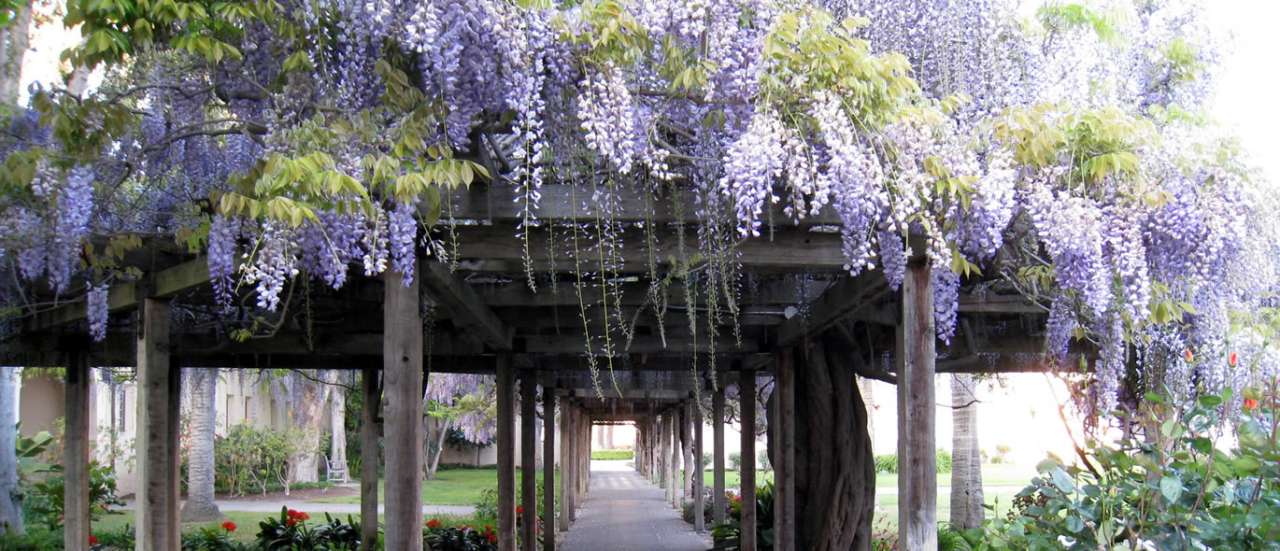 A Classic image of wisteria being grown on a pergola with it's flowers cascading over the edges, softening the structure and adding a beautiful feature to an outdoor space - Photo by Dvortygirl (Flickr - CC BY-SA 2.0)
A Classic image of wisteria being grown on a pergola with it's flowers cascading over the edges, softening the structure and adding a beautiful feature to an outdoor space - Photo by Dvortygirl (Flickr - CC BY-SA 2.0)
How to Plant Wisteria
Timing: Like many climbers and shrubs, wisteria is best plant in late autumn or early spring, when the soil is still relatively warm but also moist. That said, these can be planted in summer but they will require more care watering. Pretty much anything planted in summer will need watering regularly as the roots have yet to reach into the deeper soil to be able to draw ground water and so they need our help until they have established that deeper root system.
Steps:
- Pick a strong support structure – A mature wisteria gets heavy, so use sturdy wires, trellises or even metal frames.
- Dig deep – A hole about twice the width of the root-ball, with added compost or well-rotted manure at the base.
- Position well – Set the plant slightly proud of the surrounding soil and about 30–45cm from a wall.
- Backfill and water in – Firm gently and give it a good soak.
How to Maintain Wisteria
Wisteria is a bit like a spirited teenager—it’ll grow fast and do its own thing unless kept in check. But once you get the hang of it, it’s a joy to grow.
Feeding
Feed in spring with a high-potash fertiliser (like tomato feed) to encourage flowering rather than leafy growth. Avoid nitrogen-rich fertilisers—they’ll give you lush leaves and little else.
Mulching
Apply a thick mulch of well-rotted manure or garden compost around the base in late winter or early spring, keeping it clear of the stem. This improves soil structure and retains moisture.
Pruning
Pruning is the secret to success with wisteria:
- Summer Prune (July–August): Cut back the whippy new shoots to about 5–6 buds from the main stem. This helps control growth and lets more light in to ripen wood for next year’s blooms.
- Winter Prune (January–February): Tidy up by shortening those same shoots again to 2–3 buds. This keeps the plant neat and encourages flower buds to form.
If you have an old Wisteria, you might need to prune it back harder on some shoots and remove old or dead growth.
Watering
Young plants will need regular watering until established. Mature plants usually fend for themselves unless there's a long dry spell.
Wisteria and Wildlife
Wisteria is a surprisingly good plant for wildlife. The flowers are rich in nectar, attracting bees and other early pollinators in spring. The dense foliage also offers shelter for birds and insects. It’s not just beautiful—it’s buzzing with life too!
Final Thoughts
Wisteria might have a reputation for being a bit of a diva, but with the right care and a bit of patience, it rewards you tenfold. Whether draping romantically over a pergola or adding vertical interest to a bare wall, it brings beauty, fragrance, and even a boost to biodiversity in your garden.
If you're unsure which variety is best for your space or need advice on support and pruning, pop into the garden centre—we’re always happy to help. And who knows? This could be the year your garden gets its own show-stopping wisteria moment.




